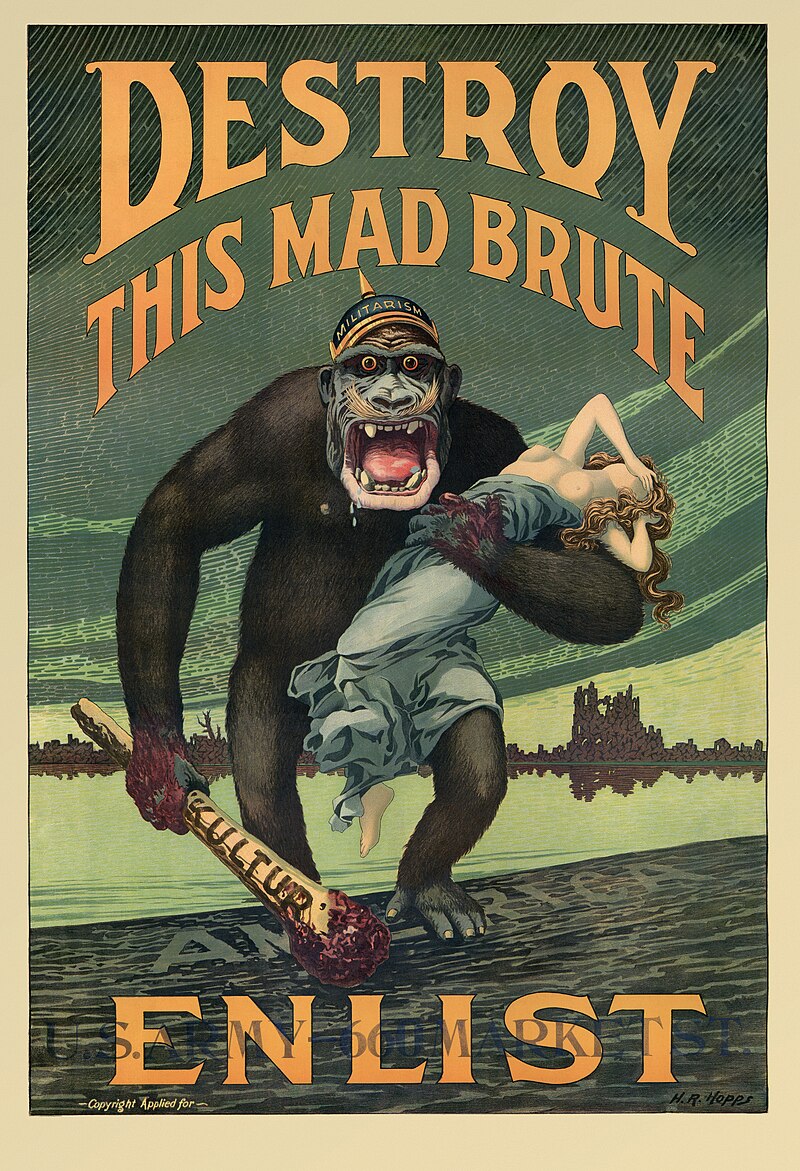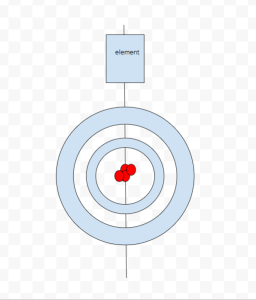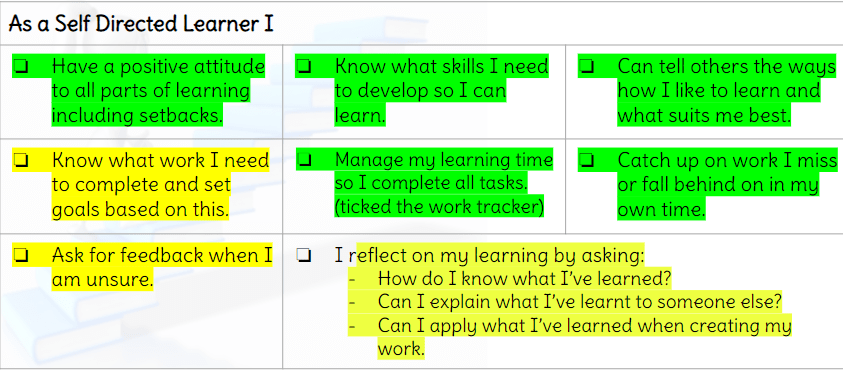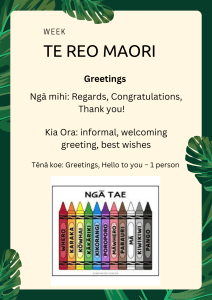Hello, this is the last work for Taking a stand in term 3 !
What we’re doing is to go to https://www.un.org/en/udhrbook/index.shtml#13
and find an article that was related to abomination, we stated down an article of and see if Abomination has a part that indicates a breach of that article.
Here’s my overall work
A child In a cage –
Article 13
(1) Everyone has the right to freedom of movement and residence within the borders of each state.
(2) Everyone has the right to leave any country, including his own, and to return to his country.
I think this means having everyone have the freedom to go wherever they want and come back whenever they want.

(how this is a breach to the declaration of Human Rights)
In the following text of Abomination, Martha’s parents had breached this rule by subjecting Mary’s child to a cage and to be held down. Making Jim (Abomination) have no freedom to move wherever Jim wants to go. Or do whatever he needs and wants to do.
Same thing comes with Martha. Having Martha obey strict rules and having some relationships taken down with her.
Using religious texts to make her obey.
I believe that Martha has no freedom to go wherever she wants to because of her strict rules applied by her mother and father. Martha was also told to not go anywhere that her parents did not allow.
I think the reason why the author had included this into the story is to make the plot more complex and to drive the audience more to the book.
I think this issue was not resolved in a fair way because the parents would have learned more about how wrong their actions were and they could change, sometimes a bit of discipline for them would also help. I think a fair way this could be resolved is for them to learn their actions and treat Martha better, and every child they’ve ever had.
Here is my second task.
We’ve been writing down comparisons and connecting all documentaries we’ve seen throughout this subject.
A Woman’s Place
The text revolves around what it is like to be a female in the cult known as Gloriavale.
This features Dove love who is known for showing everyone what Gloriavale is like.
Furthermore, the document indicates all major positive things about Gloriavale for others to see Gloriavale on a positive note. Making this cult look like a perfect community. This is because of the leader’s permission to film and interview the cult.
I am a cult survivor
This is much the opposite of “A Woman’s place.” I am a cult survivor who mainly considers the cult as a very negative and controlling space and is eager to deny all things that prove that they did not take responsibility.
David ready was born into the religious cult but took on the leader and questioned the teachings. They showed what wrongdoings that the cult has done against people and him and his family.
Abomination
This is much more related to both of them but more on the “I am a cult survivor” perspective. Abomination shows the main character “Martha” trying to gain and maintain a lovely healthy relationship with Scott but what’s pretty much stopping her is her religious parents. They seem to use religion as an excuse to control Martha with her choices and people she gets to make relations with.
What I think these texts have in common is that all three of them are referring to the religion of Catholicism/Christanity
How I believe that the bullies in “Abomination” are considered cult-like is how they are popularized. Or that they treated Martha terribly because of her differences and there were often groups of people who did that to her.
Lessons that I think we can learn from these texts are that, we should be able to have the freedom to believe what we want to believe in and shouldn’t be forced into believing something that you have no faith in.
Thank you for viewing my work, it’s nice to have all these done by term 3 😀 !









